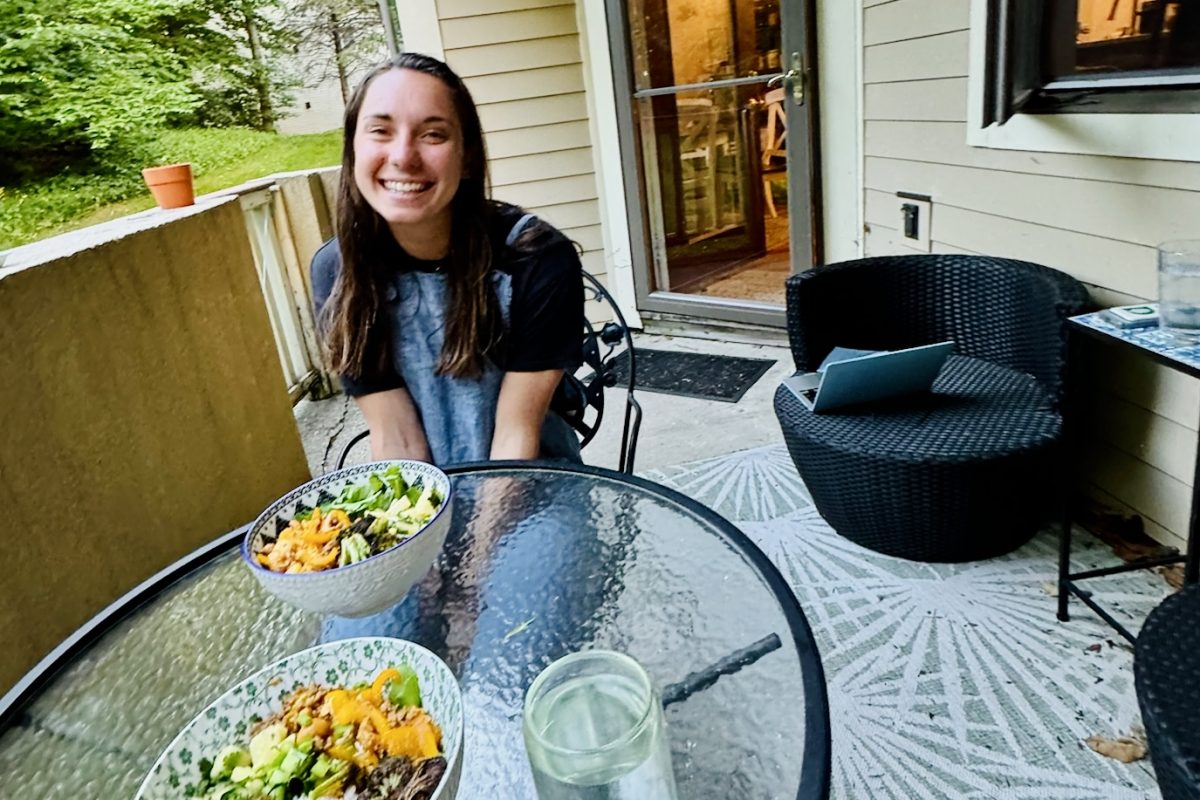This article is made possible through the generous support of Madshus.
The best athletes are never satisfied and always looking for progress and new ways to improve. This is how 29-year-old Finnish veteran approaches the upcoming championship season in order to augment her medal collection.
Krista Pärmäkoski is aiming for gold at the 2021 FIS World Championships in Oberstdorf (GER) in February. The preparations started months ago.
What are you doing differently in your training program this season compared to previous seasons?
– There were a couple time periods during the last training season when the overall training load and stress level was a bit too high. This caused some challenges in recovery. We have made some changes for the training camp plan, number of summer races and ruled out other small factors to avoid those challenging times. We have improved the data set including stress levels, sleep tracking and physical tests to capture those challenging moments early enough.
– In skiing, the main targets are double poling and skating techniques in uphill. In next world championships and Olympics there are long uphill sections which will play big role in the distance races. They are not the steepest ones but they are pretty long.
Related coverage:
Krista Pärmäkoski renews her contract with Madshus through the 2022 Olympics
Story continues below

Why are you making these changes? What specific gains do you expect to achieve?
– When annual training hours are over 900 hours, it’s even more important to have a continuous monitoring of the stress and training load. There are many things that can be improved. It is important to analyze the reasons when trainings are not going well or your body is not responding to the trainings or recovery. These are things that you can always improve.
How much do you train in a year? (Hours) – has that changed over the recent years? (more hours or less? Or do you emphasize different kinds of training now, for example more are you doing more distance now or more intensity than previous years?)
– I have been increasing my total annual training volume progressively over the past few years. Last season I logged around 900 hours, and the plan for this season is to train around 950 hours. However, the percentage of high intensity training remains quite low, and I’m not concentrating on any high intensity training blocks or so. My main focus is on distance training, not sprint training.
What is a typical training week for you in the summer? (How many workouts, what kind of workouts – intensity/distance/strength/speed)
– During the summer, I usually log between 18 and 24 hours of training in a week. That’s usually 10 to 12 workouts; including 1-2 strength workouts, and one full day for recovery. At the start of the summer, I only do one intensity workout per week, and they are rarely all-out effort. I save those harder ones for later in the season.
What is your favorite summer workout?
– I like intensity workouts and I love running, so my favorite summer workout is running with intensity intervals. I start with a good, 30-minute warmup. Then I do a 40-minute interval at just below my anaerobic threshold, but inside this long interval, I also do three 2-minute intervals where I increase the intensity to above the anaerobic threshold level. After that, I do a 30-minute cooldown.
Why do you like this workout?
– This is one of my favorites because the 40 minutes at higher intensity feels good, and it’s always fun to do shorter intervals during the main section.
What are the specific physiological gains from this session?
– This workout is great because the longer block at sub-threshold contributes to build endurance and capacity. Additionally, how the shorter intervals go and how they feel, tells you a lot about your fitness level and progress, so it’s a good benchmark session.

Inge Scheve
Inge is FasterSkier's international reporter, born and bred in Norway. A cross-country ski racer and mountain runner, she also dabbles on two wheels in the offseason. If it's steep and long, she loves it. Follow her on Twitter: @IngeScheve.




